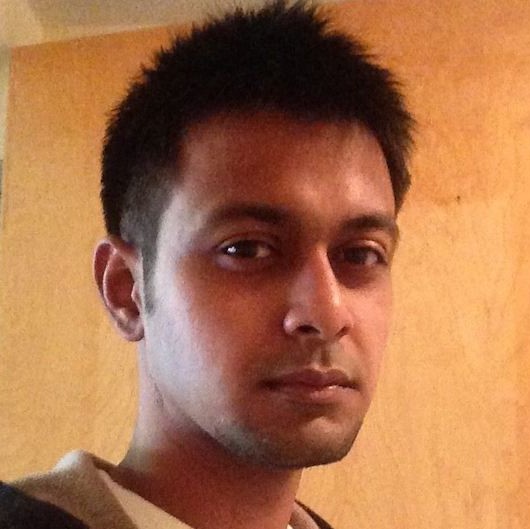Raunak Dey
Monday, September 10, 2018
Complementary Segmentation – En Route towards “Quasi-Perfect” Segmentation

The go to method for image segmentation (Extracting an object of interest from a picture) has been U-Nets and its variants since its inception at MICCAI 2015 by Dr Olaf Ronneberger (Google Deep Mind and Albert-Ludwigs-Universität Freiburg). In this talk we are going to discuss the basic idea of segmentation, followed by segmentation with focus not only on the region of interest, but also on the complementary section which is for the most part unused. We will see how the inclusion of this “seemingly meaningless” complementary section improves the quality of segmentation over traditional U-nets, as well as enable the networks to perform under conditions where the U-nets and its likes are expected to fail. The paper of Comp-Net has been accepted for Spotlight presentation at this year’s rendition of MICCAI at Granada, Spain, and we will discuss the limitations and motivations which led to the inception of Comp-Net with the application to Skull Stripping for Brain MRI. We will end the discussion with few neat tips and tricks which I believe are a must know for anyone researching into Deep Learning and which has been instrumental in my own research.
Slides [Download]
Raunak Dey is a PhD student in the Department of Computer Science at the University of Georgia, working under the guidance of Dr Yi Hong. His area of interest is primarily Artificial Intelligence and Heuristics, and his current work is in the application of AI to the field of biomedical imaging.